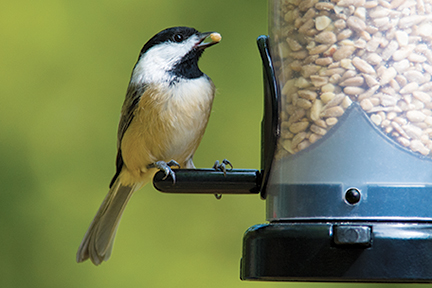April Nature Happenings
- Project FeederWatch ends this month, www.birds.cornell.edu/pfw
- Early April migrants include the Eastern Phoebe, Eastern Towhee, Fox Sparrow, Snipe and Tree Swallow.
Fox Sparrows are one of the most colorful and large sparrows that we can observe during migration. If you want to create a refueling area for them as they migrate, gather leaves under trees or shrubs, allowing for them to kick through the leaf litter to find insects. You can also add sprinkles of white proso millet, their favorite seed, which we do have available at the store.
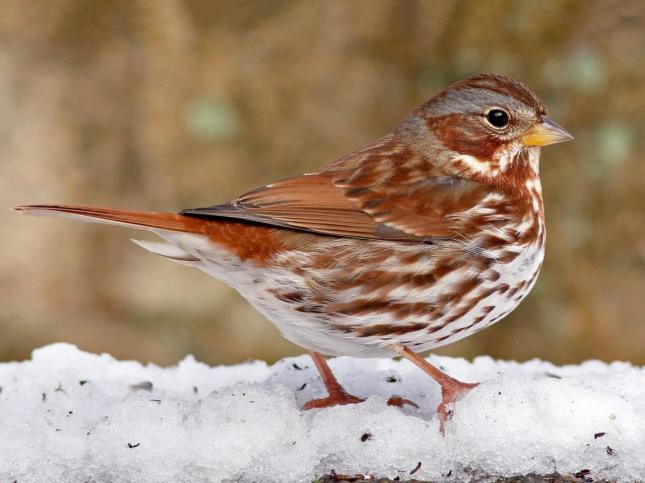
Fox Sparrow
Tree Swallows are aerial insectivores, catching all of their prey while flying. These aerialists are amazing to watch. Tree Swallows are cavity nesters and will often use Bluebird Nesting boxes. Interesting fact – they always put a feather in the nest box when creating the nest.
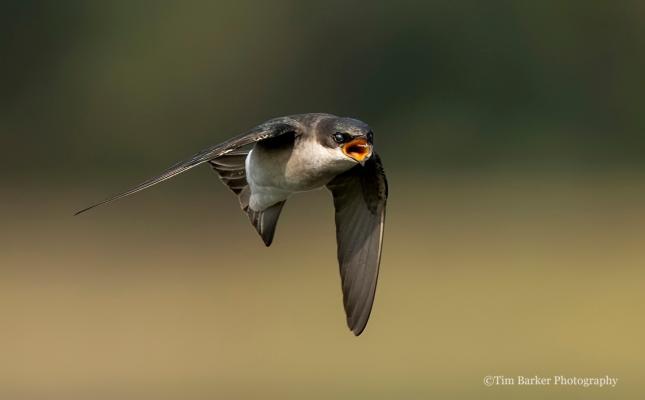
Tree Swallow
- Late April migrants include the Brown Thrasher, Pine Warbler, Palm Warbler, American Bittern, Chimney Swift, Chipping Sparrow, Barn Swallow and Caspian Tern.
- Brown Thrashers are one of the most accomplished singers in the bird world. They may sing more than 1,100 different song types and include imitations of other birds, including Wood Thrushes, and Northern Flickers. They are another species of bird that will appreciate an area in your yard with leaf litter, providing them with the insects they need to provide the protein for their migration.
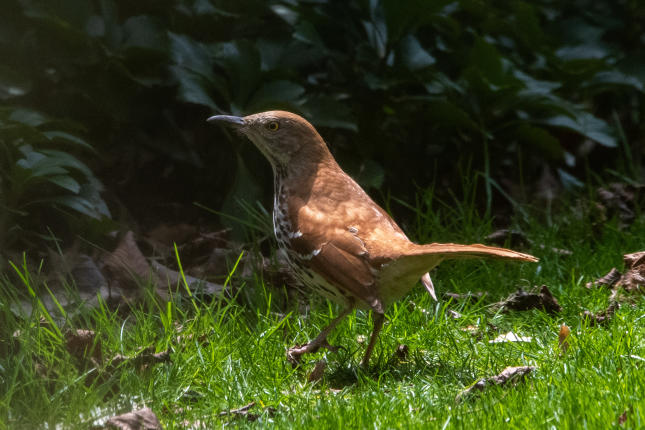
Brown Thrasher
- Warblers time their arrival with the eruption of insect activity. Pine Warbler and Palm Warbler do not spend the winter in the neo-tropical area. They winter in the southern states. With less distance to travel, they are the first warblers to arrive in our area. Palm Warblers have a habit of constantly pumping their tail up and down. Notice their rufous cap, another distinguishing field mark.
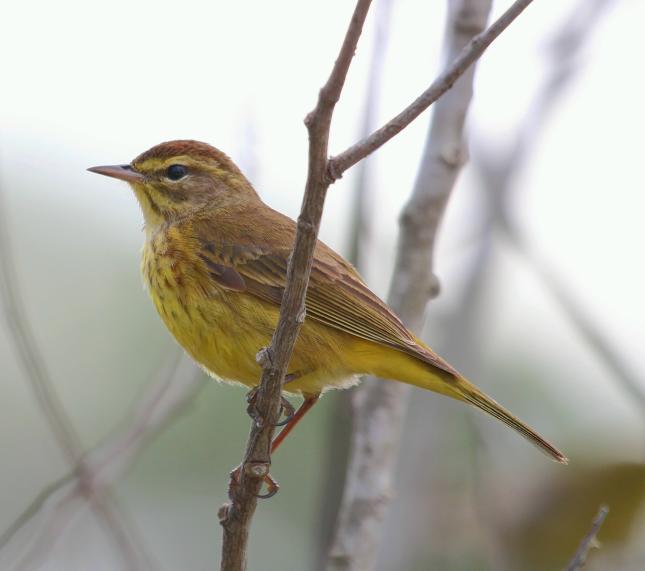
Palm Warbler
- Chimney Swifts are aerial insectivores, flying in small groups as they catch their meals. Chimney Swifts mate while flying. They almost exclusively nest in man-made chimneys, having previously nested in natural cavities such as those created by broken trees. Their nests are held together with their saliva.
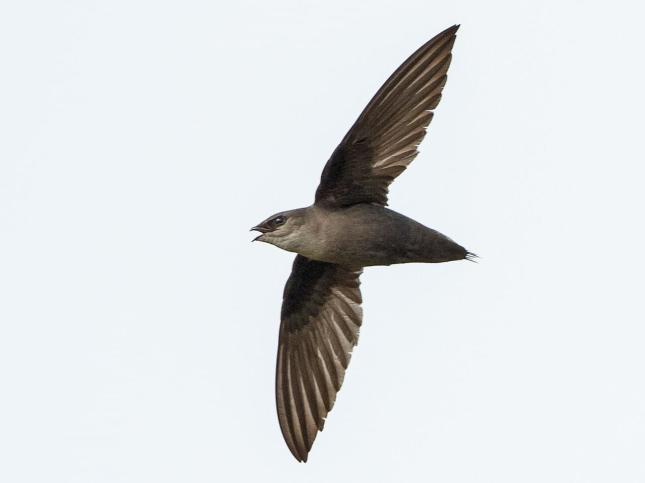
Chimney Swift

Chimney Swift nest in a chimney
- Great Horned Owls have their young. This year at the Lake St. Clair Metropark, the female is no longer in the nesting bucket. It is not known what has happened to her. The male can be found near the bucket, in areas where he usually hangs out.
- Ruby-throated hummingbirds may arrive as early as mid-April. Their migration begins in central America with a remarkable crossing of the Gulf of Mexico in one flight. Have their feeders ready.
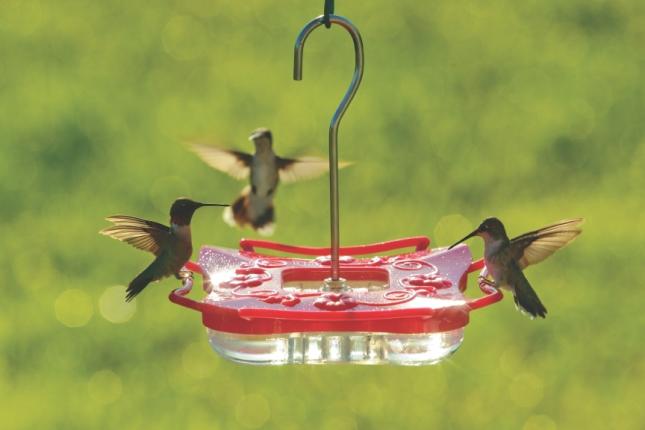
Ruby-throated Hummingbirds
- Common Loons migrate from the coast of the Atlantic Ocean to interior lakes where they will mate and rear their young. Most Common Loons finish their migration by the end of April, with some later migrants arriving in May. Look for them on Lake St.Clair where they may stop to rest and feed on the plentiful fish.
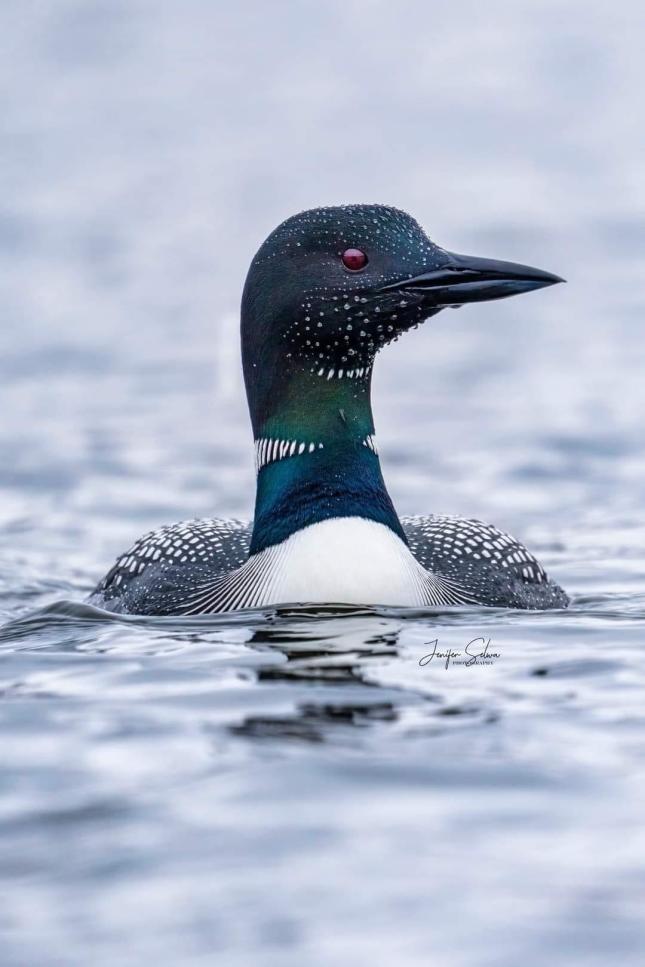
Common Loon
- Purple Martins return by middle of the month. Have housing up if your area is appropriate.
- Northern Cardinals begin nesting. Leave the stems and foliage f native plants for them to use in their nest construction.
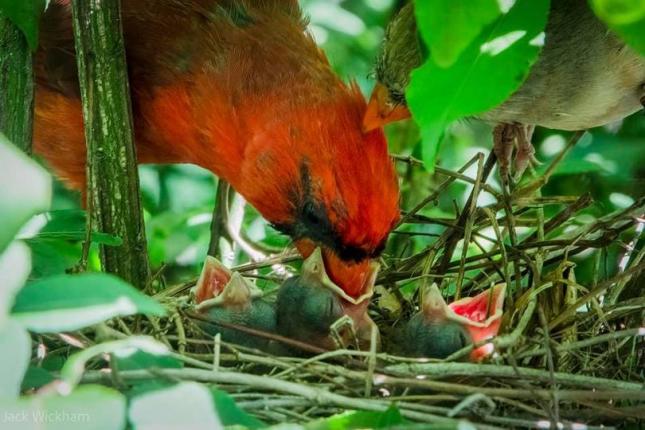
Northern Cardinal feeding young
- White-throated Sparrows begin calling. Many bird books describe their song as sounding like “Old Sam Peabody, Peabody, Peabody”. I like the suggestion that they are singing “Oh Sweet Canada, Canada, Canada”. Look for them feeding on the ground under your feeder as they search for white proso millet or small bits of sunflower. They will also love the areas of leaf litter that you have in your yard.

White-throated Sparrow
- Woodcocks continue their "sky dance" courtship flights.
- Eastern Bluebirds are nesting by end of the month. Consider the addition of a Bluebird House in your yard if the habitat is right. A walk at Belle Isle along the path to the Lighthouse has eight Bluebird Houses that our store has donated. Check them out and let us know your sightings.
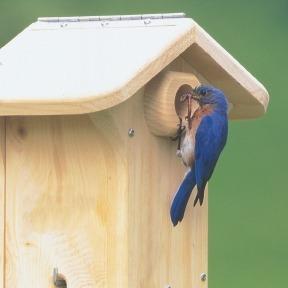
Eastern Bluebird

